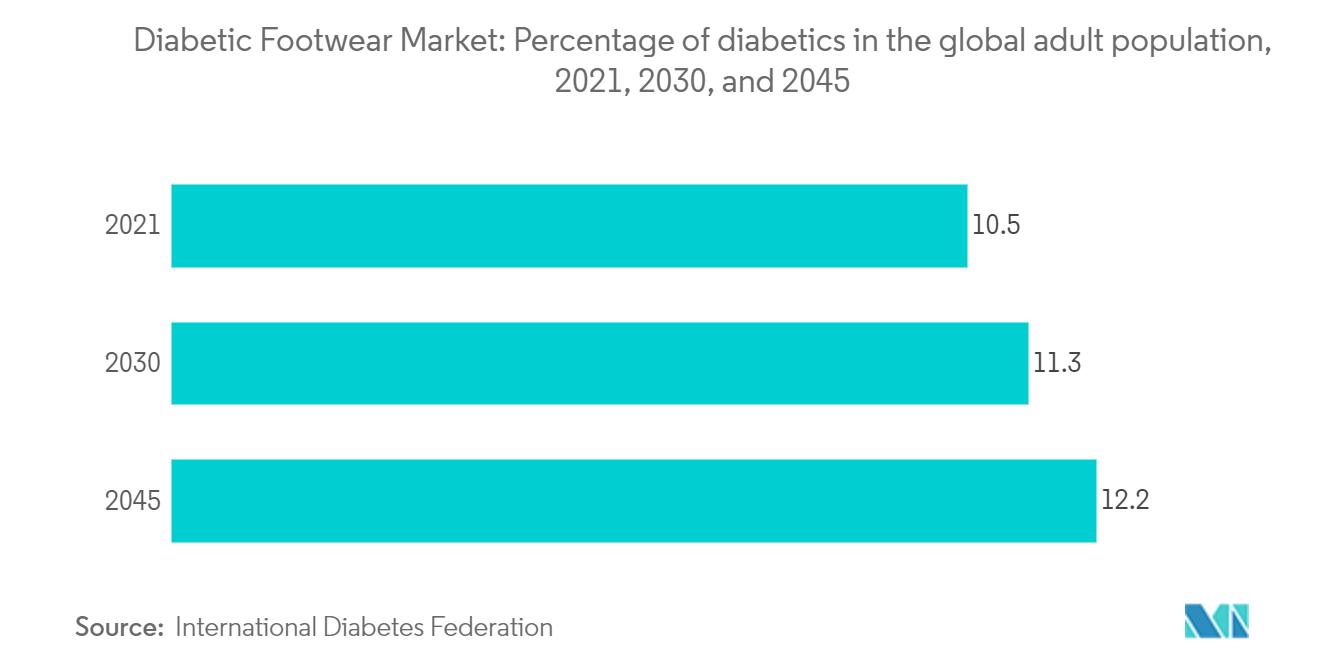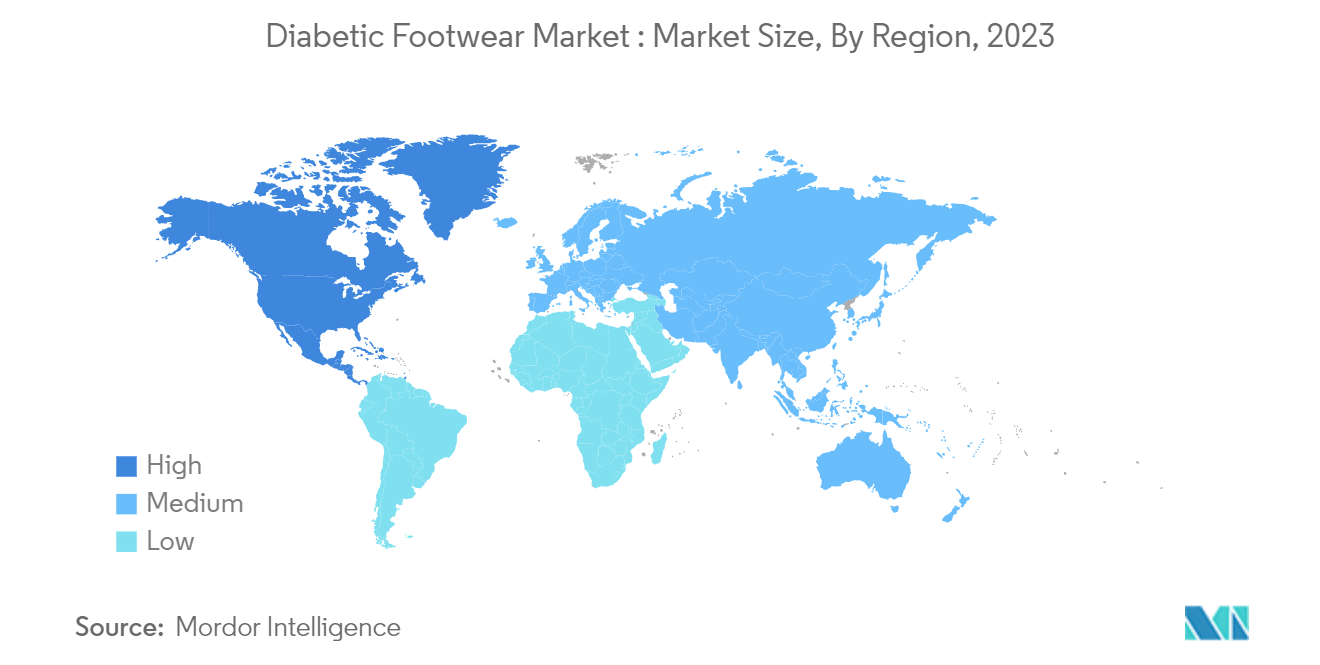Market Trends of Diabetic Footwear Industry
Diabetic Shoes Are the Most Popular Footwear Type
Diabetic shoes help increase blood circulation and nerve sensation and reduce pressure in the areas of the foot most susceptible to pain. As a result, they are widely preferred by patients over slippers and sandals. Diabetic shoes are made with breathable and moisture-wicking materials, such as mesh fabric and microfiber bamboo fiber, providing comfort and preventing moisture buildup and bacterial growth. These materials also reduce the risk of fungal infections and promote foot hygiene. Some manufacturers are offering customizable diabetic footwear options, allowing consumers to choose the appropriate size, width, and specific features to suit their unique needs. They also focus on innovations to ensure better foot health that contribute to the overall well-being and mobility of diabetic individuals. For instance, in September 2022, Sensoria Health and Defender launched its first smart diabetic footwear, ' Foot Defender’ powered by Sensoria smart boot. The Foot Defender smart boot is combined with Sensoria Core microelectronics. It also features the Sensoria patient mobile app and clinician dashboard to monitor a patient’s diabetic foot ulcer healing and rehabilitation compliance.

North America Dominates the Market
The demand for diabetic footwear has been steadily increasing in the United States, primarily due to the prevalence of diabetes in the country. Several individuals with diabetes encounter issues with their feet due to nerve damage and inadequate blood circulation, which can cause foot ulcers and may lead to amputation. As a result, a considerable number of consumers are actively searching for diabetic footwear as a preventive measure against foot ulcers, limb amputation, and other diabetes-related complications. Moreover, the diabetic footwear market in Canada has been growing recently due to constant innovations, along with a growing number of elderly citizens who are at a higher risk of developing diabetes. In 2022, Statistics Canada reported that diabetes affected approximately 27.7% of the geriatric population in the country, aged 50 years and above. Furthermore, the market in the region is supported by various government aid campaigns, initiatives, and healthcare programs. For instance, the CARMEN Initiative, the Be He@lthy Be Mobile initiative, and the Cuban Plan for Diabetes Education actively promote and educate individuals about the consequences and complications of diabetes. This increased awareness leads to a rise in the demand for diabetic footwear.


